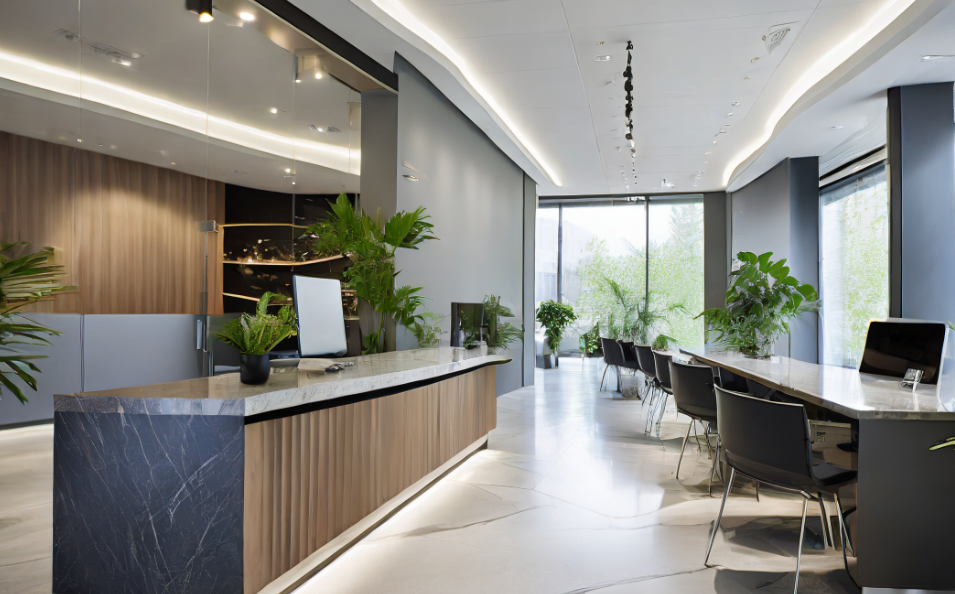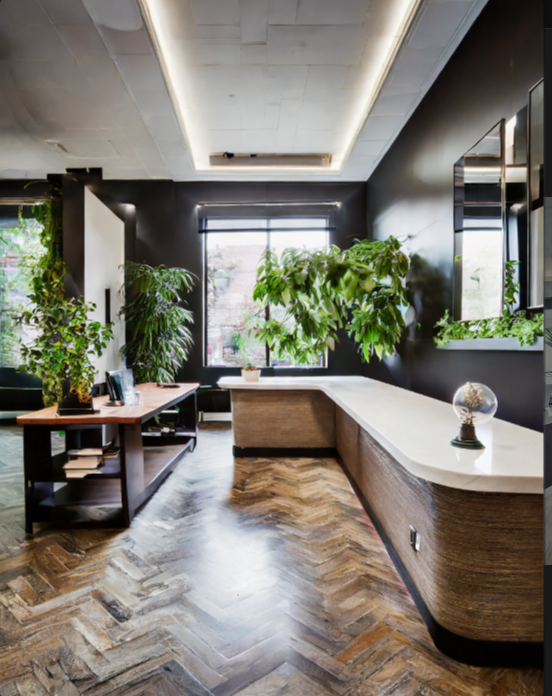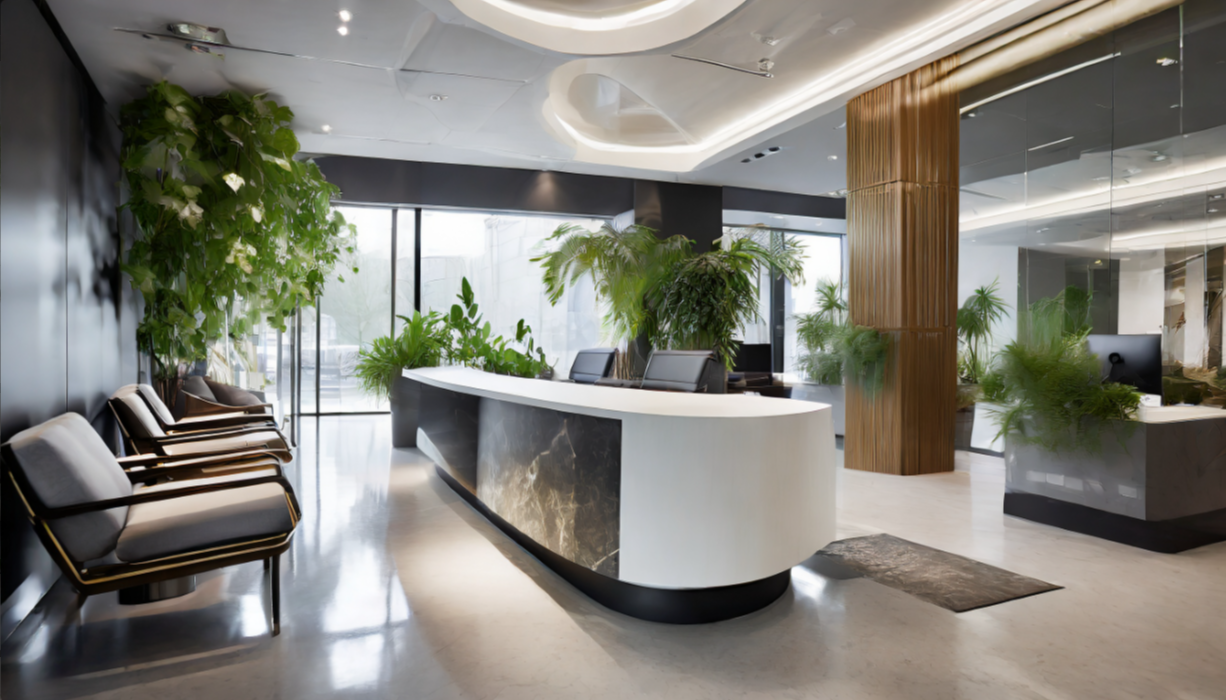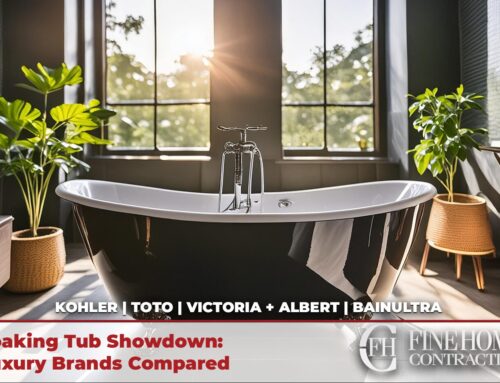Embarking on a commercial office renovation is a strategic investment that demands careful planning and a keen understanding of the factors influencing return on investment (ROI). In this comprehensive guide, we’ll delve into specific strategies to ensure you not only optimize your budget but also reap the highest returns from your commercial office renovation. From strategic planning to post-construction maintenance, each facet of the process contributes to the overall success of your investment.
Strategic Planning for Cost Efficiency
Before swinging the first hammer, strategic planning sets the stage for a cost-effective commercial office renovation. Begin by defining clear goals and priorities. For instance, if enhancing employee productivity is a priority, allocate budget resources to ergonomic office furniture and flexible workspace solutions. Consider a phased approach to construction to avoid tying up capital in lengthy projects.
Ideally, working with a commercial contractor who is able to provide a complete, itemized lists of costs in their proposal will give you the strategic oversight necessary to plan your project up front. Contractors with a dedicated design and build approach are ideal, as their commitment to pre-project design allows for greater control over your project’s planning, demolition, and construction.
For example, recently leading tech companies struggling with the volume of employees returning to offices post-covid strategically planned their office renovation by assessing exact employee needs. They implemented a phased renovation, focusing on one floor at a time. This approach not only kept disruptions minimal but also allowed the company to allocate funds judiciously, adapting the budget based on each phase’s success. Designing your project around the specific needs of your business is vital to avoiding disruptions and keeping costs low.
Smart Material Selection for Long-Term Value
Material selection goes beyond aesthetic appeal; it directly influences long-term maintenance costs and overall project longevity. Opt for materials that balance durability with cost-effectiveness. For instance, investing in high-quality, low-maintenance flooring may seem pricier initially but pays dividends in reduced upkeep expenses over time.
While flooring is an obvious example, with the difference in quality between low and high grade carpets and vinyl being very visible, this applies to all materials in your remodel: Underbudgeting for your materials will result in a lower return on investment due to increased maintenance costs down the road.
Consider option for premium, finishes in your office renovation. While the initial material cost is higher, the long-term benefits include lower maintenance expenses and a polished, professional appearance that positively impacted client perceptions.
Energy-Efficient Design for Ongoing Savings
An energy-efficient design not only aligns with sustainable practices but also results in tangible cost savings. Integrate LED lighting, energy-efficient HVAC systems, and smart climate controls to minimize utility expenses. Prioritize natural lighting and invest in well-insulated windows to reduce reliance on artificial lighting and heating, ventilation, and air conditioning (HVAC) systems.
Some examples of energy efficient choices that increase your return on investment are listed below.
LED Lighting Retrofit
While the initial investment in LED lighting may be higher, the long-term energy savings and decreased maintenance expenses contribute to a substantial return on investment. Additionally, the enhanced quality of LED lighting can positively impact employee well-being and productivity.
Smart HVAC Systems
The initial investment in a smart HVAC system pays off through ongoing energy savings. By efficiently regulating temperature and ventilation, these systems not only contribute to a comfortable working environment but also result in lower utility bills, positively impacting the overall return on investment.
Daylight Harvesting
Daylight harvesting maximizes the use of natural light by automatically dimming lights during bright daylight hours, reducing the need for artificial lighting during daylight hours. This not only saves on energy costs but also creates a more visually appealing workspace. The combined effect leads to long-term energy savings and an improved return on investment
Energy-Efficient Windows and Insulation
While the upfront costs of upgrading windows and insulation may be notable, the long-term energy savings in heating and cooling expenses make this a wise investment. Additionally, improved insulation contributes to a more comfortable indoor environment, positively impacting employee satisfaction and productivity.
Occupancy Sensors and Smart Controls
By reducing unnecessary energy consumption in unoccupied areas, occupancy sensors and smart controls contribute to ongoing energy savings. This strategy is particularly effective in shared spaces like conference rooms and break areas. The initial investment in these technologies pays off through decreased utility bills and enhanced energy efficiency, positively impacting the overall return on investment.
Maximizing Space Utilization for Productivity Gains
Efficient space utilization is a cornerstone of a cost-effective commercial office renovation. Design layouts that promote collaboration and flexibility, reducing the need for excessive square footage, while also designating multifunctional areas and using modular furniture to enable varied work styles.
Some companies opt to switch to open-concept layouts, which decrease the need for individual offices and workstations. Likewise, the creation of communal breakout rooms and collaborative workspaces are increasingly popular, and oftentimes much cheaper to build than traditional offices.
Technology Integration for Future-Proofing
Incorporating cutting-edge technology into your office design is an investment in future-proofing your space. Consider smart building systems, IoT devices, and advanced communication infrastructure. While the upfront costs may seem substantial, the long-term benefits in operational efficiency and tenant satisfaction make the investment worthwhile.
Smart-enabled technologies that are becoming more popular in office spaces include smart sensors for lighting and climate control, occupancy sensors, smart displays that present business data in communal spaces, and the adoption of smart assistants for scheduling and convenience.
Value-Driven Aesthetics: Affordable Design Tips
Creating a visually appealing office space doesn’t have to break the bank. Optimize aesthetics cost-effectively by choosing strategic color schemes that align with your company’s persona and brand, use innovative furniture arrangements, and aim for creative lighting solutions. Consider the impact of affordable design elements on not only the initial impact your office will have on clients, but also it’s affect employee morale and office culture.
Streamlining Construction Processes for Cost Savings
Efficiency during the construction phase is paramount to controlling costs. A professional office contractor will implement effective project management practices, maintain open communication with subcontractors, and regularly assess progress against timelines. If you’re managing your own project and subcontractors, some companies offer assistance as a construction management firm, where they provide oversight and management services without removing your direct control of the project. By utilizing an experience contractor who is able to minimize delays and disruptions, you not only save on potential additional costs but also expedite the realization of your commercial office investment.
Negotiating with Contractors for Cost-Effective Solutions
Effective negotiation with contractors is a skill that can significantly impact project costs. Clearly communicate budget constraints and expectations, seek competitive bids from reputable contractors, and leverage relationships for better deals. Ideally, you want a contractor who’s proposal is detailed and transparent, who you feel comfortable communicating with, and that has the necessary network of inspectors, subcontractors, and other professionals necessary to bring your project to fruition. Working with a contractor with a dedicated network of contacts ensures a level of quality that’s harder to find from assorted, unfamiliar subcontractors. Choosing a reliable, trustworthy contractor who understands the needs of your business not only saves on upfront costs but also establishes a foundation for successful collaborations in the future.
Post-Construction Maintenance for Long-Term Value
Preserving the value of your commercial office investment extends beyond construction completion. Implement a proactive maintenance plan that addresses potential issues before they escalate. Regular inspections, prompt repairs, and preventive measures not only extend the lifespan of your property but also save you from costly emergency repairs. This process is sometimes managed externally by property management firms. If you manage multiple properties and feel as if maintaining each of them is a job on its own, it may be time to consider a property management company.
In conclusion, a high-return commercial office renovation is an orchestrated effort that encompasses strategic planning, prudent material selection, energy-efficient design, space optimization, technology integration, value-driven aesthetics, streamlined construction processes, effective negotiation, and post-construction maintenance. By applying these meticulously detailed strategies, you not only maximize return on investment but also lay the foundation for a thriving, cost-effective commercial space that stands the test of time.











